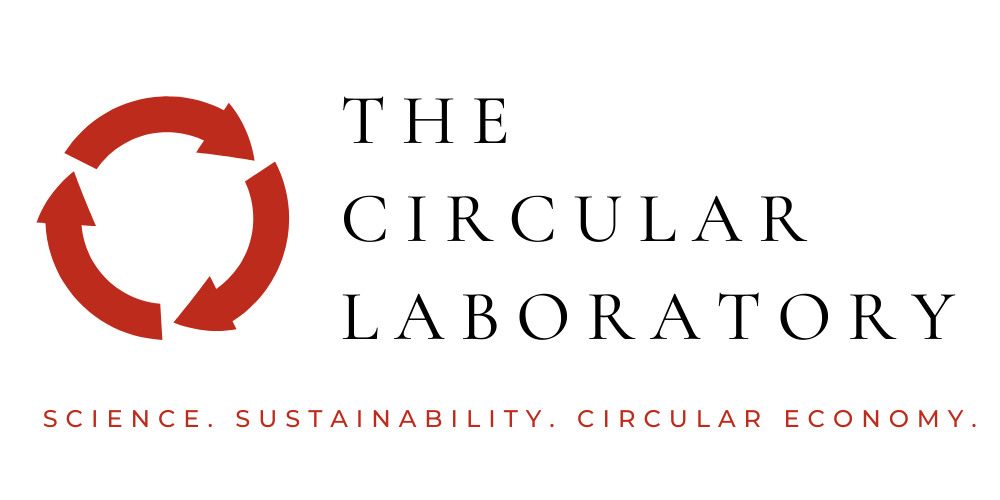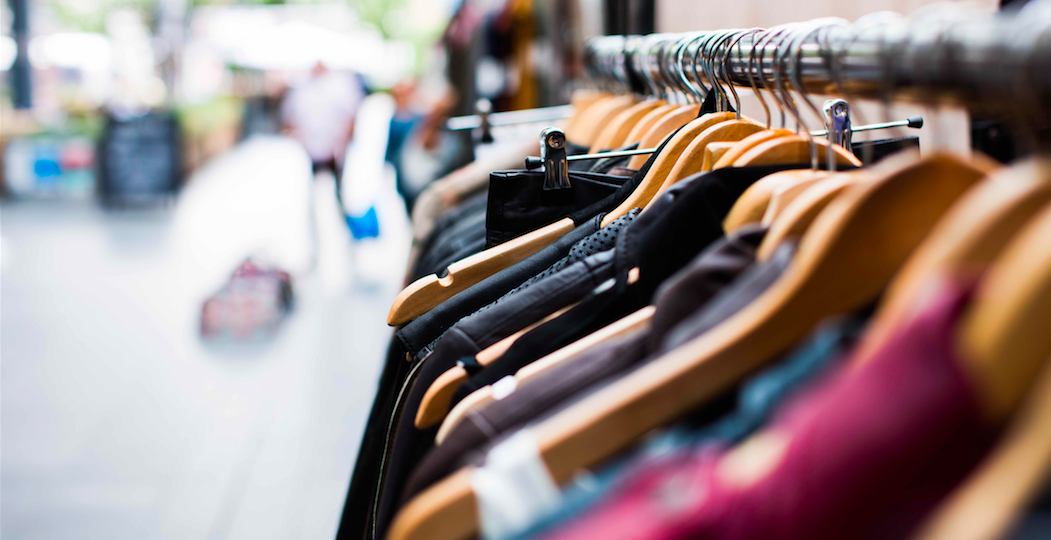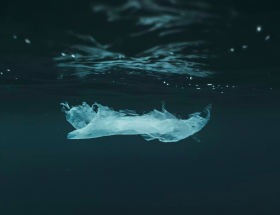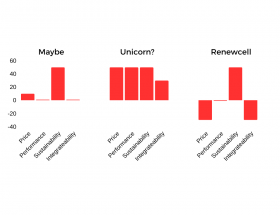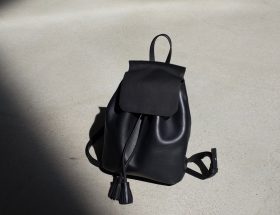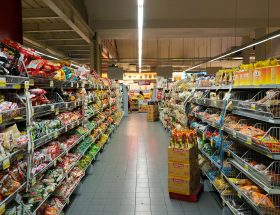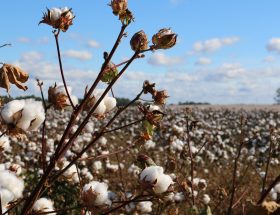By Dr. Ashley Holding
One of the biggest recent stories in the sustainable and circular fashion space was the announcement by H&M of a new collection of garments based on a sustainable fiber called “Circulose”, which is a viscose fibre made with 50% cotton waste.
Media voices immediately criticised the announcement as a ‘greenwashing’ effort by the fashion giant, saying that “Fashion this fast can never and will never be sustainable”.
But what exactly is this new fibre? Is it really sustainable? Who makes it and who owns this new technology? In this article we will dig a little deeper into the story and answer the most important questions.
What Exactly is a Viscose Fibre and How is it Produced?
Viscose belongs to a family of fibres called rayons, which are man-made cellulosic fibres. These are fibres formed by the chemical processing of cellulose, a biological material which is found in nature. It can be found in wood, cotton, and most plant life. Cellulose is also the main component of paper, for example. This chemical processing to make a new fibre is done because the new fibre has unique properties – it tends to be softer, silkier and finer than cotton.
A viscose fibre is traditionally a fibre that is made using cellulose extracted from wood. This is really a two step process. Wood is first turned into pulp (a white, fibrous form of pure cellulose) via the Kraft or the Sulfite pulping process which uses a mixture of chemicals to remove the unwanted portions of the wood.
The process of turning this pulp into a fibre is called the viscose process, and involves a chemical reaction of cellulose pulp first with sodium hydroxide, then with carbon disulphide. This mixture is then extruded into an acidic water bath with removes the chemicals leaving behind a pure cellulose fibre. It generally has a smooth, shiny feel when compared to cotton.
Giving Waste Cotton a New Life
Cotton is also made of cellulose, and has the potential to be used in the viscose process too. This therefore has the potential to solve an important problem: what do we do with our cotton clothing at the end of its life?
Currently, the only real option for recycling cotton waste is to chop it up and twist it into a new yarn, which results in a low-quality yarn which often requires blending with other fibres or virgin cotton. This is known as mechanical recycling of cotton. Often, this process can only use very high-quality cotton waste, which often comes from factory offcuts. Furthermore, this process can only be done a few times before the cotton fibre length becomes too short to be useful for making yarns.
An alternative to this is to use a chemical recycling method to produce a high-quality fibre again. Using waste cotton that would otherwise be suitable only for making a lower quality yarn, as an input for a viscose fibre process, is one such method.
If you wish to read more about the recycling of cotton, have a look at our recent article “Cotton’s Tricky Problem in a Circular Economy“.
How Does re:newcell Make Circulose?
Re:newcell is a company in Sweden which was formed as spin-out venture from The Royal Institute of Technology (KTH) in Stockholm with the aim to “commercialise a process for decomposing cellulose to unlock the recycling of waste cotton at scale.“
The product they produce has been branded ‘Circulose’. Circulose is an alternative cellulose pulp that is used for making rayon fibres, such as viscose. It is made by taking cotton waste and purifying it with a water-based chemical process to removes dyes and other contaminants. The properties of cellulose are also altered enough that it is suitable as a feedstock for the production of these rayon fibres. One important property is the molecular weight – the average length of the cellulose molecules, which typically needs to be reduced before viscose fibres are made.
Earlier in the year, the company re:newcell announced its partnership with Chinese viscose manufacturer Tangshan Sanyou, who went on to produce viscose fibres containing 50% of re:newcell’s circulose pulp and 50% FSC (Forest Stewardship Council) certified wood pulp. In this trial run, the company says that worn-out cotton jeans were used as the feedstock.
What Exactly is the Involvement of H&M?
H&M is involved as it has agreed to use a certain amount of this Circulose-containing viscose fibre in a limited collection of garments. Such commitments are crucial for early stage companies looking to scale up their sustainable processes. It provides a guarantee to possible investors and supply chain partners (such as manufacturers) that there is a real demand for the product.H&M has a venture capital arm called H&M CO:LAB which invests, amongst other things, in sustainable fashion innovation. They are one of the few funds associated with fashion brands investing in sustainable fashion innovations aside from Patagonia’s Tin Shed Ventures. In fact, they have invested in re:newcell alongside a range of innovative textile recycling companies, such as Worn Again Technologies and Infinited Fibre Company, giving them the crucial support they need to develop their technologies, especially at a time when funding was difficult to come by.
So H&M don’t own the technology: they have invested in the company behind the technology, and they have agreed to take a certain amount of their output for use in their clothes. They don’t have exclusive rights over the technology and don’t plan to keep it from others.
“In 2017, H&M Group accelerated its partnership by investing in re:newcell, but the purpose of the investment is that the whole fashion industry should benefit from the technology.”
https://hmgroup.com/media/news/general-news-2020/h-m-to-be-the-first-retailer-to-use-circulose.html
So, is it Sustainable or Not?
There are two key reasons this fibre is being touted as sustainable. The first, is that it provides a viable end-of-use pathway for waste cotton. The second, is that the fibre has a much lower carbon emission impact when compared to viscose fibres made from wood pulp.
Quite often, the substitution of a raw material with a recycled material is associated with positive environmental benefits. The logging, further processing and chemical breakdown of wood to make pulp uses energy and has an associated carbon footprint. When using waste cotton as an input, you already start with a cellulose based raw material, which doesn’t require as extensive processing to get to a fibre.
An associated issue with the production of viscose fibres, especially in East and South East Asia is the danger of sourcing wood from ancient or endangered forests. By reducing reliance on wood as a feedstock this danger can be reduced.
When you recycle a material that has the potential to offset a ‘virgin’ (non recycled) material, the saving in carbon emissions between the recycled material produced and the virgin material can be significant. In this case, the recycled ‘Circulose’ pulp replaces the wood pulp raw material.
This is demonstrated in a comprehensive study that was commissioned by Stella McCartney with environmental consultancy SCS that looked into the sustainability of different feedstocks for viscose fibre production. They found that waste cotton as a feedstock was very desirable. It actually was found to have a negative carbon footprint, meaning that the production of viscose fibre using recycled cotton from the re:newcell process actually resulted in a net reduction in overall carbon emissions.
Another factor in the equation to consider is where the fibre is produced. In Europe, with a greater percentage of renewable energy in the mix and stricter regulation over chemical processes the overall environmental impact of viscose fibres made in Europe is a lot less than in some places in Asia, including China. There can also be a difference between manufacturers of the fibres even within a certain region.
Tangshan Sanyou, who partnered with re:newcell to make the Circulose fibre, is one of the more responsible viscose manufacturers, and was awarded a green shirt by forest conservation organisation Canopy in its recent Hot Button report. This means that it is making efforts in a number of areas including traceability of it supply chain, not sourcing from ancient or endangered forests, developing guidelines around waste water treatment, and investing in alternative feedstock sources.
Is it Fair to Say This is ‘Greenwashing’?
On the face of it, this announcement was a step in the right direction.
At the same time, it is also still fair to criticise ‘fast-fashion’ retail in its current form. A ‘take-make-waste’ culture coupled with an acceleration of fashion trends is not sustainable. Transitioning to a circular economy where all materials are recycled and virgin resources are no longer required is an desirable and attainable goal, and this already forms a key part of H&M’s strategy, for example. Though, as a first line of defense, it should also come coupled with an increase in reuse and repair of garments.
It should be possible to celebrate and acknowledge steps in the right direction and keep pushing for more change at the same time. Sustainability is always a process and a journey which never ends, and maybe it’s unreasonable to expect established businesses to turn on their heads overnight. It’s also important to acknowledge the power and leverage that larger and more established brands have to enact change within the global fashion supply chain.
Sustainable fashion enthusiasts and activists should keep pushing for change and demanding more from brands, because the effort is making a difference. Sustainability is now mainstream. The more there is a public discourse around this, and the more consumers demand sustainable clothing, the more likely it is that sustainable innovations will make it to the market, as this case has shown.
